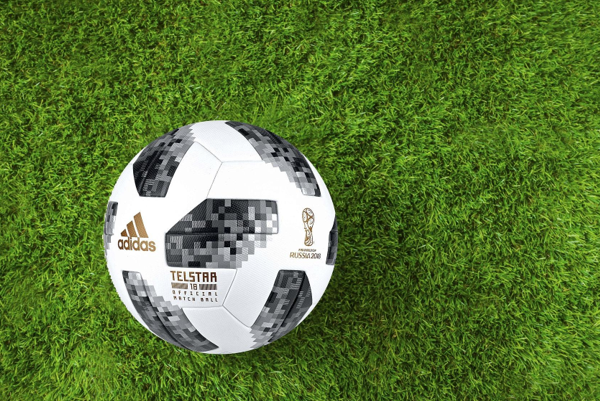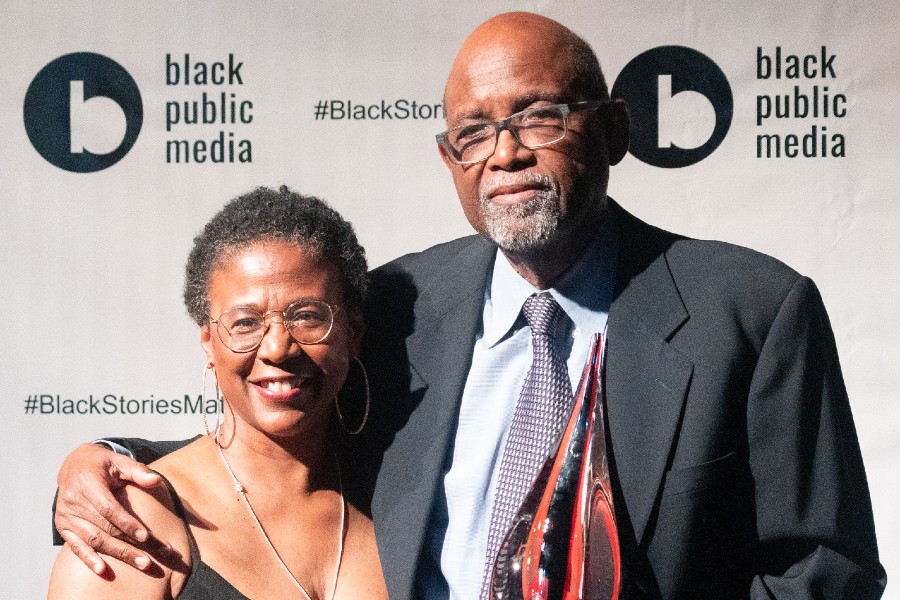 Major League Soccer is a pro football league in the US that was launched as part of the 1994 World Cup package.
Major League Soccer is a pro football league in the US that was launched as part of the 1994 World Cup package.
This means it’s relatively new compared to other pro leagues around the world. By comparison, the English Football League – which includes the Premier League – was founded in 1888.
Despite some difficulties in the first few years, MLS has grown in stature with high profile senior pros such as David Beckham, Thierry Henry and Zlatan Ibrahimovic all playing in the MLS during the twilight of their careers.
But does this growth mean that MLS could ever compete with the Premier League financially? Here’s a closer look at one of the top MLS teams and how they measure up in comparison.
Financial Ownership
The New York Red Bulls are one of the big-name commercially branded teams in the MLS, owned by the famous drinks giant. The team was created in 1996, so it’s one of the oldest in the league, but they were originally known by a different name.
Red Bull GmbH bought the New York MetroStars from AEG in 2006 in a deal worth $100 million. The response to the rebranding of the New York Red Bulls wasn’t entirely positive at first, but gradually the fans warmed to the idea and 15 years on, the club’s previous identity is all but forgotten.
The soaring popularity of MLS and the Red Bulls since the buyout would have seen the share price of Red Bull GmbH rocket, but the company is not listed on the stock exchange. Despite having an enormous public presence, sponsoring not just the football team but also many sporting events, it remains privately owned with no shares available for purchase.
It’s surprisingly rare for listed companies to purchase a football club, whether it may be in the US or elsewhere. However, there are many listed companies that sponsor football teams, even if they aren’t outright owners.
Sponsorship by companies on FTSE 100 includes Vodafone and Standard Chartered for Liverpool, JD for Leeds and Barclays for the Premier League itself. Across the pond, it’s the same story with NYSE-listed Motorola and Leidos sponsoring Chicago Fire and DC United.
Financial Structure
While this means that both the MLS and the Premier League have a steady flow of cash from sponsors, it doesn’t mean that they are on equal financial terms. Part of the reason for this is the way the two leagues are structured.
In MLS, the teams are considered a franchise. This means that although each team is owned independently and makes their own decisions, the players they sign are under contract to MLS. This is in stark contrast to the Premier League and other European football leagues, where the contract is held directly with the club, without any involvement from the league’s body.
This means that when the player is sold, MLS and the club split the transfer fee; European clubs get to keep all of the money raised from the sales of players.
Financial Fair Play is a consideration in the Premier League but providing each club doesn’t breach the general guidelines; they are free to pay each player whatever they choose. In MLS, every team must stick to a budget the MLS set – and the amount given to each club is determined by where they finished in the league.
MLS introduced a new rule in 2007 to help clubs be more competitive when signing players without being hampered by the unusual MLS rules. Known as the Designated Player Rule, it’s also sometimes referred to as the Beckham Rule because it was introduced to allow David Beckham to join MLS. Under this rule, clubs may sign three players outside the usual salary cap by using spare cash from another player’s allowance.
But what effect does this have on the financial status of the teams?
Clearly, MLS teams like the Red Bulls have a long way to go to be able to rival the financial success of the top teams in the English League. Experts estimate that the Red Bulls are currently worth around £25.9 million compared to £843.5 million for Manchester United, £934.7 million for Man City and £794.25 for Chelsea.
There are smaller teams in the Premier League, too, such as Brighton and Hove Albion, who have only recently been promoted and have a stadium that has a lower capacity of just 30,666. This is broadly similar to the Red Bull Arena, which only trails slightly at 25,000. However, the market value of Brighton and Hove still dwarfs the Red Bulls, coming in at £22.29 million. This is the case for other Premier League minnows, Brentford (£149.8 million), Burnley (£130 million) and Watford (£119 million).
Although MLS are now enjoying unprecedented success and growth, the value of the clubs remains significantly behind their Premier League compatriots. And while MLS clubs will undoubtedly continue to rise in value, it’s going to take a considerable length of time to catch up, especially when taking into account the franchise system in opera
Become a Harlem Insider!
By submitting this form, you are consenting to receive marketing emails from: Harlem World Magazine, 2521 1/2 west 42nd street, Los Angeles, CA, 90008, https://www.harlemworldmagazine.com. You can revoke your consent to receive emails at any time by using the SafeUnsubscribe® link, found at the bottom of every email. Emails are serviced by Constant Contact








